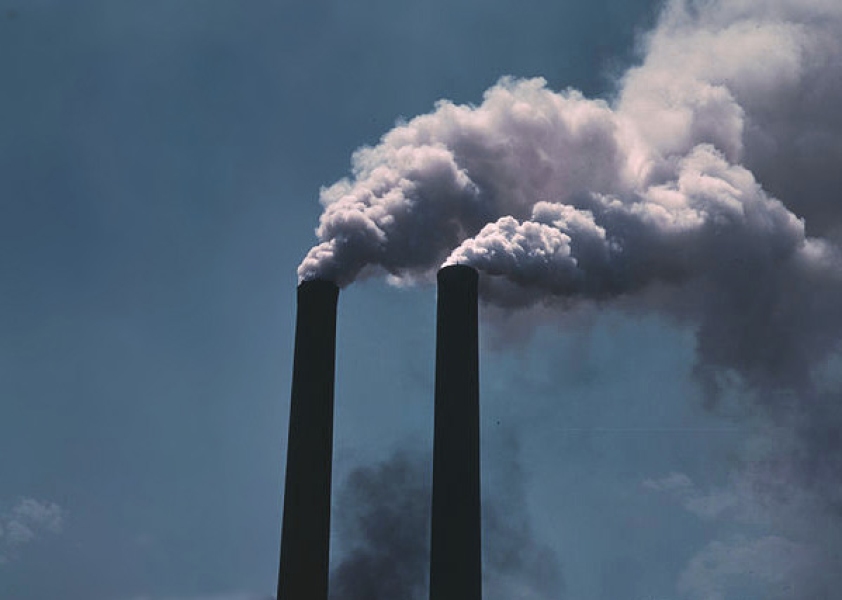The Global Warming Potential (GWP) of a greenhouse gas is its ability to trap extra heat in the atmosphere over time relative to carbon dioxide (CO2). This is most often calculated over 100 years, and is known as the 100 year GWP.
The GWP depends on two things: how effective the gas is at trapping heat while it's in the atmosphere, and how long it stays in the atmosphere before it breaks down. For example, methane (CH4) breaks down quite quickly, the average methane molecule stays in the atmosphere for around 12 years. On the other hand CH4 traps heat more effectively than CO2, which has a much longer lifetime.
GWPs allow us to answer the question: if 1kg of a particular greenhouse gas traps a certain amount of heat, how much CO2 would trap the same amount? The 100 year GWP of methane is 25, therefore if 1 tonne of methane was released into the atmosphere, it would create the same warming as 25 tonnes of CO2. This is often described as 25 tonnes CO2e, where e stands for equivalent.
Having a common scale for all greenhouse gases allows comparisons between emissions from different activities or sectors. This helps us to decide how much effort should be put into reducing the levels of different greenhouse gases, and allows emission-reducing strategies that target different gases while minimising the economic impact.
See a list of different greenhouse gases and their GWPs

